Amazon’s Warehousing and Distribution (AWD) program is transforming how sellers manage inventory and fulfill orders. Designed to streamline logistics, AWD provides third-party sellers with scalable storage solutions and direct integration with Amazon’s fulfillment network. This guide of Keys Logistics below covers everything you need to know about how AWD works, its key benefits, and what businesses should consider before enrolling.
What is Amazon AWD?
Amazon AWD is a supply chain service designed to help sellers store and distribute their products more efficiently. It allows sellers to send inventory to Amazon’s fulfillment network where it handles warehousing, replenishment, and multi-channel order fulfillment. This system is part of Amazon’s broader effort to provide end-to-end logistics support that integrates smoothly with Fulfillment by Amazon (FBA) and other retail or direct-to-consumer channels.
AWD is especially useful for sellers looking to simplify their operations while scaling their business. By utilizing Amazon’s logistics infrastructure, businesses can reduce the burden of managing separate storage facilities or coordinating with third-party logistics providers. AWD ensures that inventory is available when needed, reducing the risk of stockouts and improving customer satisfaction.
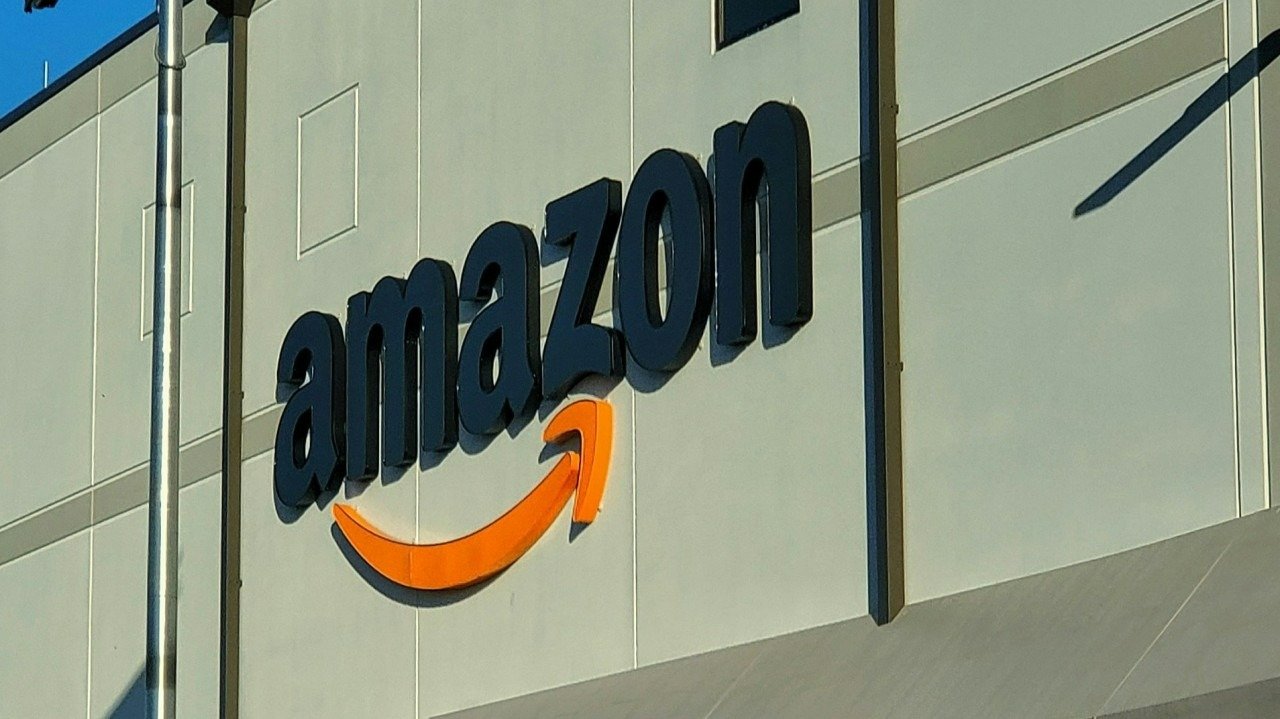
What are the benefits of Amazon Warehousing and Distribution?
Amazon Warehousing and Distribution (AWD) provides a range of benefits tailored to meet the evolving needs of modern e-commerce sellers as these followings:
- Low-cost storage: AWD offers competitive, pay-as-you-go pricing without seasonal surcharges, making it a cost-effective option for businesses of all sizes. Sellers benefit from predictable storage costs and FBA inbound placement services. Additional savings are available for those who leverage auto-replenishment and Amazon’s Managed Services, helping reduce unnecessary handling and transportation expenses.
- Auto-replenishment: Through auto-replenishment, AWD automatically transfers inventory to FBA as needed, saving sellers both time and labor. This system ensures that FBA stock levels are always optimized, even during peak seasons, without being limited by traditional FBA restock restrictions. The automation also reduces the risk of stockouts, helping sellers maintain consistent sales and customer satisfaction.
- Streamlined operations: AWD simplifies logistics by integrating directly with Amazon’s FBA network. Sellers no longer need to manage multiple warehouse locations or coordinate complex shipping schedules. Instead, they can rely on intuitive workflows and Amazon’s robust infrastructure to handle inventory flow from storage to fulfillment, improving overall efficiency and reducing operational strain.
- Multi-channel distribution: With AWD, sellers can manage inventory for both Amazon and non-Amazon channels from a single pool. This unified inventory model minimizes the need for excess safety stock and simplifies order fulfillment across platforms. It allows businesses to quickly expand to new sales channels while maintaining clear oversight and control of their inventory.
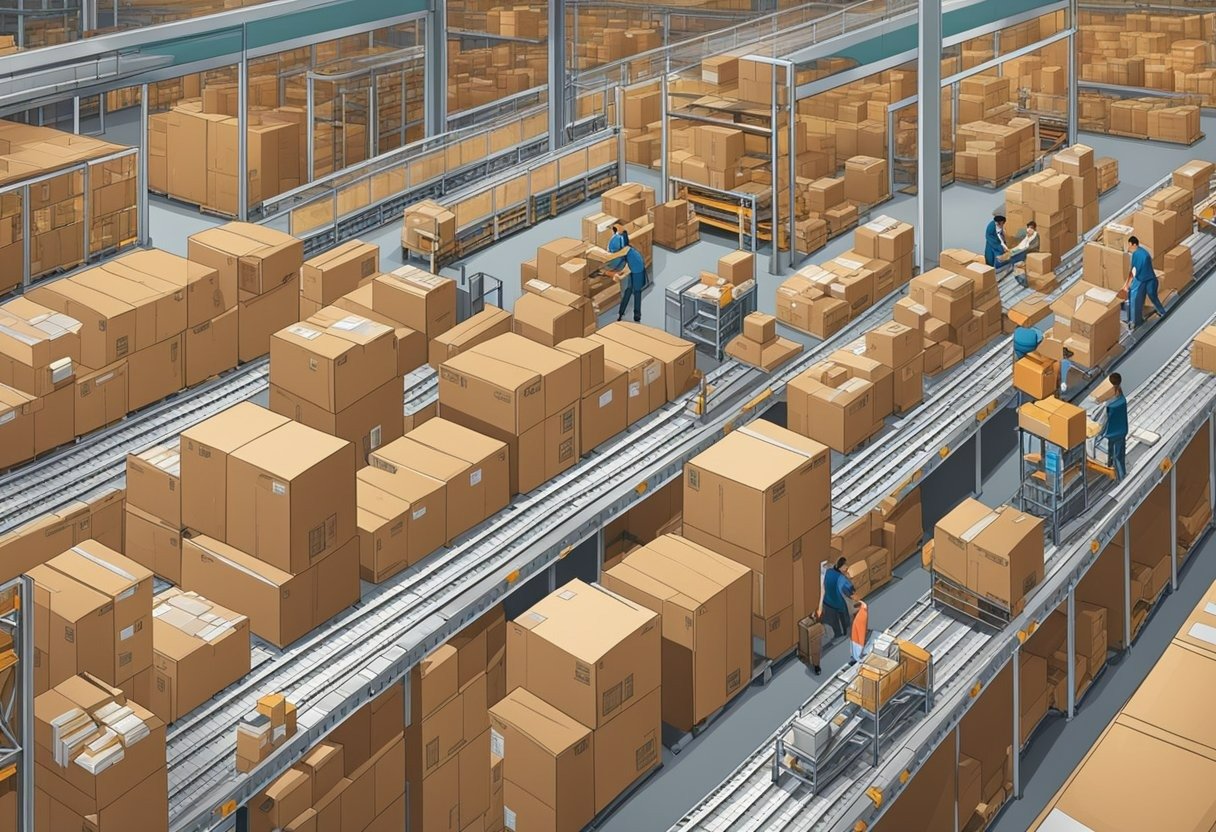
How much does Amazon Warehousing and Distribution cost
Understanding the cost structure of Amazon Warehousing and Distribution (AWD) is crucial for sellers aiming to optimize their supply chain strategy. AWD offers two distinct pricing models depending on the transportation method used to deliver goods to Amazon’s facilities. Sellers who use their own carrier or a third-party logistics provider will be charged the base rate for both storage and processing services within the AWD network. This option provides flexibility but lacks the cost-saving benefits of Amazon-integrated logistics solutions.
On the other hand, sellers choosing to use Amazon Global Logistics (AGL) or the Partnered Carrier Program (PCP)—both part of the broader Supply Chain by Amazon suite—are eligible for significant cost reductions. Specifically, these users will get a 25% discount on AWD storage fees and 15% savings on processing and transportation. For businesses looking to scale efficiently and maintain tighter control over fulfillment costs, leveraging Amazon’s internal logistics programs is often the more economical and operationally advantageous route.
Summary of Cost Tiers:
| Shipping Method | Storage Fee Discount | Processing & Transport Discount |
| Own Transportation / Carrier | No Discount (Base Rate) | No Discount (Base Rate) |
| Amazon Global Logistics / PCP | 25% Off Storage | 15% Off Processing & Transport |
Comparing Amazon AWD to Traditional 3PL and FBA Solutions
Amazon AWD vs. Traditional 3PL
In 2025, Amazon Warehousing and Distribution (AWD) has emerged as a compelling alternative to traditional third-party logistics (3PL) providers, especially for e-commerce businesses operating within the Amazon ecosystem. AWD offers integrated bulk storage solutions with seamless replenishment capabilities to Fulfillment by Amazon (FBA) centers and other sales channels. This integration allows sellers to maintain optimal inventory levels, reduce storage costs, and streamline their supply chain operations.
One of the significant advantages of AWD over traditional 3PLs is its cost-effectiveness. As of April 2025, AWD introduced “Smart Storage Rates,” offering storage fees as low as $0.43 per cubic foot per month for sellers who meet specific inventory management criteria. Additionally, processing fees have been separated into inbound and outbound charges, providing greater transparency. Sellers utilizing Amazon’s managed services can also benefit from discounts of up to 20% on storage fees and 10% on transportation fees from AWD to FBA.
In contrast, traditional 3PLs often provide more flexibility in terms of customization, packaging, and handling of diverse product types. They can cater to unique business requirements, such as specialized packaging or handling of oversized items, which AWD may not support. However, this flexibility can come at the expense of deeper integration with Amazon’s fulfillment network, potentially leading to longer replenishment times and higher operational complexity.
In summary, while traditional 3PLs offer customizable solutions suitable for businesses with specific needs, Amazon’s AWD provides a streamlined, cost-effective option for sellers focused on efficiency within the Amazon marketplace. The choice between the two depends on the seller’s specific operational requirements and strategic goals.
Amazon AWD vs. FBA (Fulfillment by Amazon)
AWD and FBA serve distinct purposes in Amazon’s logistics ecosystem. AWD focuses on long-term, low-cost storage and is designed to support distribution across multiple channels—not just Amazon. Sellers can route inventory from AWD to FBA, other marketplaces or their own eCommerce stores. This gives businesses more control over where and how their inventory is distributed. It is a significant advantage over FBA, which is primarily tied to Amazon orders.
FBA, on the other hand, is a comprehensive fulfillment solution that includes not only storage but also picking, packing, shipping, and customer service. It’s ideal for sellers looking to outsource their entire order fulfillment process within the Amazon marketplace. While FBA offers greater convenience, it comes at a higher cost, particularly in storage fees. However, fulfillment fees in FBA are generally lower than AWD’s per-unit distribution fees, making FBA more cost-effective for fast-moving SKUs.
Here’s a quick comparison:
| Feature | Amazon AWD | FBA (Fulfillment by Amazon) |
| Primary Use | Bulk storage and flexible distribution | Full-service fulfillment for Amazon |
| Distribution Channels | Amazon, other marketplaces, DTC | Amazon only |
| Storage Fees | Lower | Higher |
| Fulfillment Fees | Higher per unit | Lower per unit |
| Services Included | Storage, transfer | Storage, picking, packing, shipping, CS |
| Brand Experience | Limited | Branded packaging, custom inserts |
| Inventory Management | Basic tools | Advanced tools and analytics |
In conclusion, sellers who want full-service logistics and are focused on Amazon’s platform may benefit most from FBA. Conversely, AWD is more suitable for businesses seeking scalable storage and broader multi-channel distribution with a lower storage cost footprint.
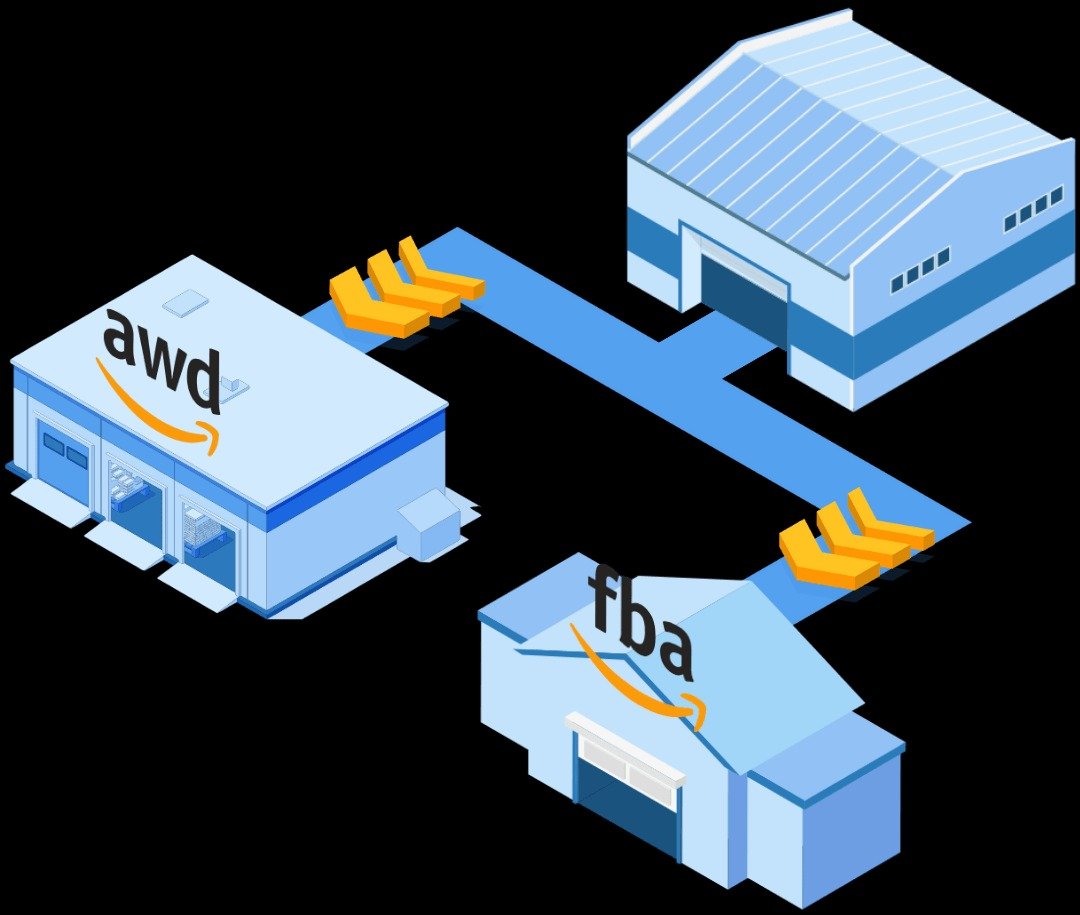
Who should use Amazon AWD?
Amazon AWD is particularly beneficial for sellers who manage large volumes of inventory and seek to optimize storage and distribution costs. Businesses that experience seasonal fluctuations or have products with varying demand cycles can leverage AWD’s auto-replenishment feature to maintain optimal stock levels without incurring excessive storage fees. This system ensures that inventory is automatically transferred from AWD to FBA centers as needed, minimizing the risk of stockouts and overstocking.
Moreover, sellers utilizing multiple sales channels, including non-Amazon platforms, can benefit from AWD’s multi-channel distribution capabilities. This feature allows for a unified inventory pool, simplifying logistics by enabling the distribution of products to various fulfillment centers or directly to customers across different platforms. By consolidating inventory management, businesses can reduce complexity and improve efficiency in their supply chain operations.
How to get started with Amazon AWD
To begin using AWD, sellers must first enroll through Amazon Seller Central. Start by navigating to the menu bar and selecting:
Growth > Explore Programs > Amazon Warehousing and Distribution.
On the AWD page, click the “Enroll” button located at the top. This section also includes FAQs, service details, and current program features. In 2025, Amazon has further optimized this interface, making the enrollment and setup process highly intuitive for sellers new to supply chain management.
Once enrolled, sellers gain access to a dedicated AWD dashboard. From here, they can:
- Create inbound shipments from manufacturers or 3PLs directly to AWD facilities
- Monitor inventory levels across AWD locations
- Move inventory seamlessly to Amazon fulfillment centers (FBA)
- Track replenishments and receive real-time updates
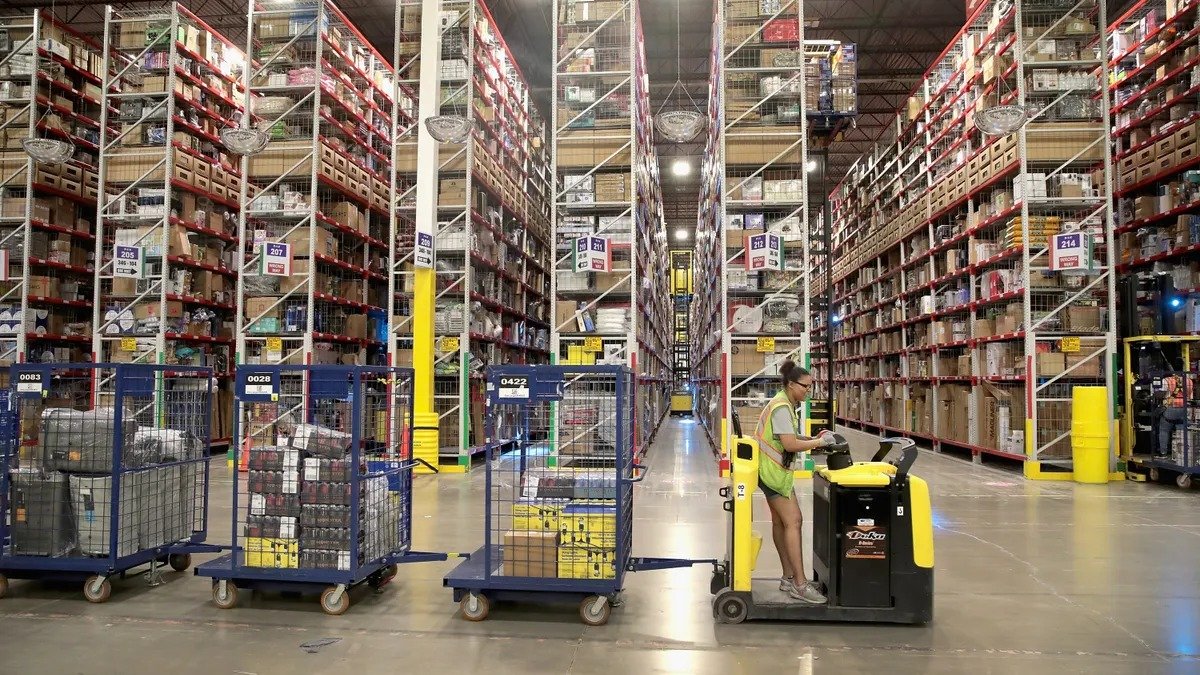
In conclusion, Amazon AWD (Amazon Warehousing and Distribution) presents a comprehensive solution for sellers seeking streamlined inventory storage and distribution. With its expansive network, integration with FBA, and scalable fulfillment options, AWD offers both flexibility and efficiency. Businesses exploring long-term growth within the Amazon ecosystem may find AWD to be a valuable asset in optimizing logistics and meeting customer demand.


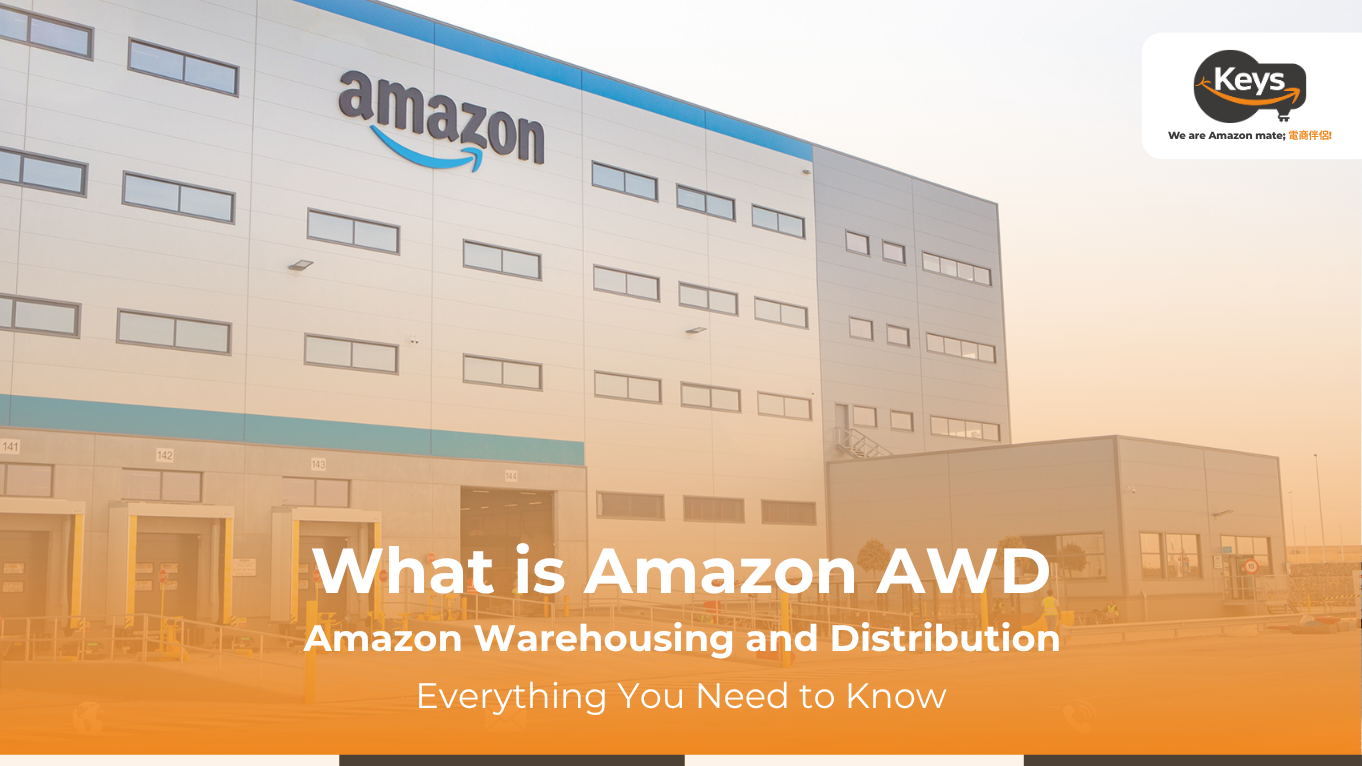

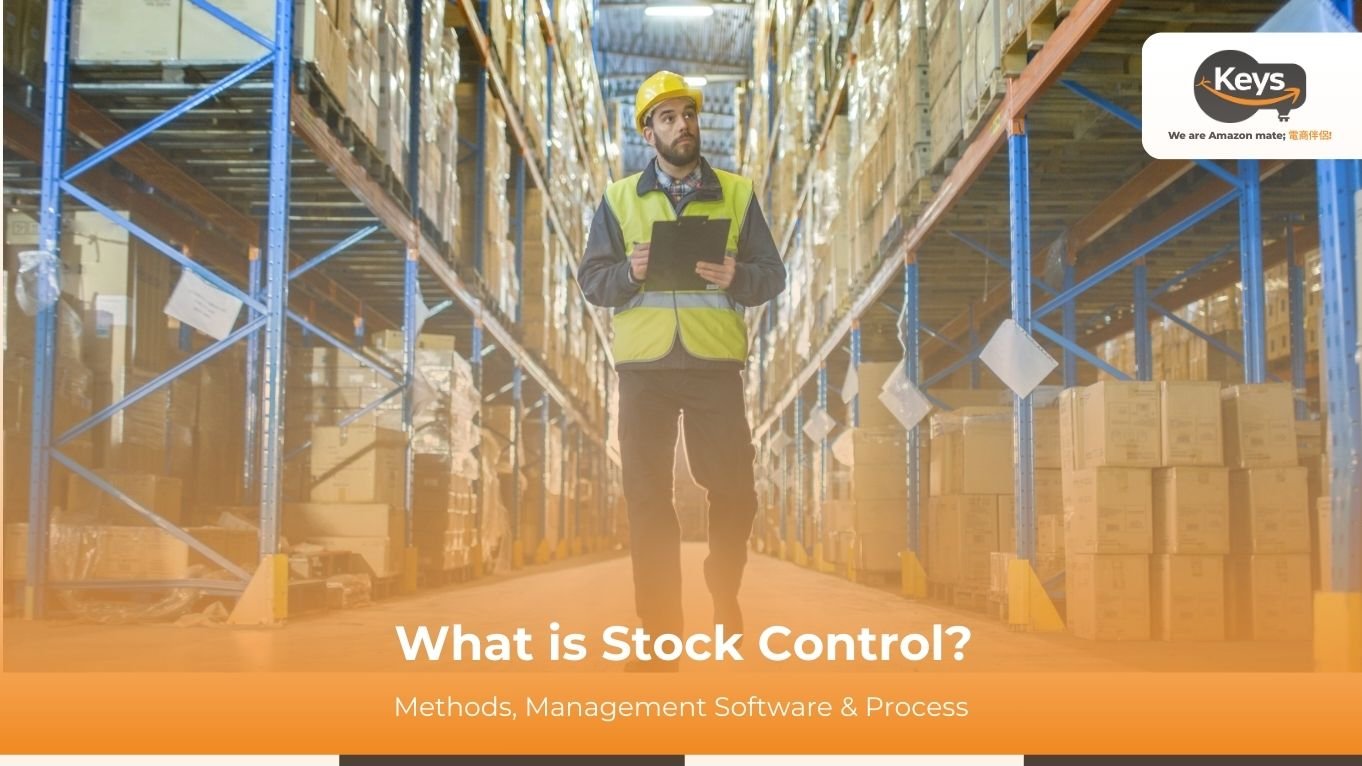
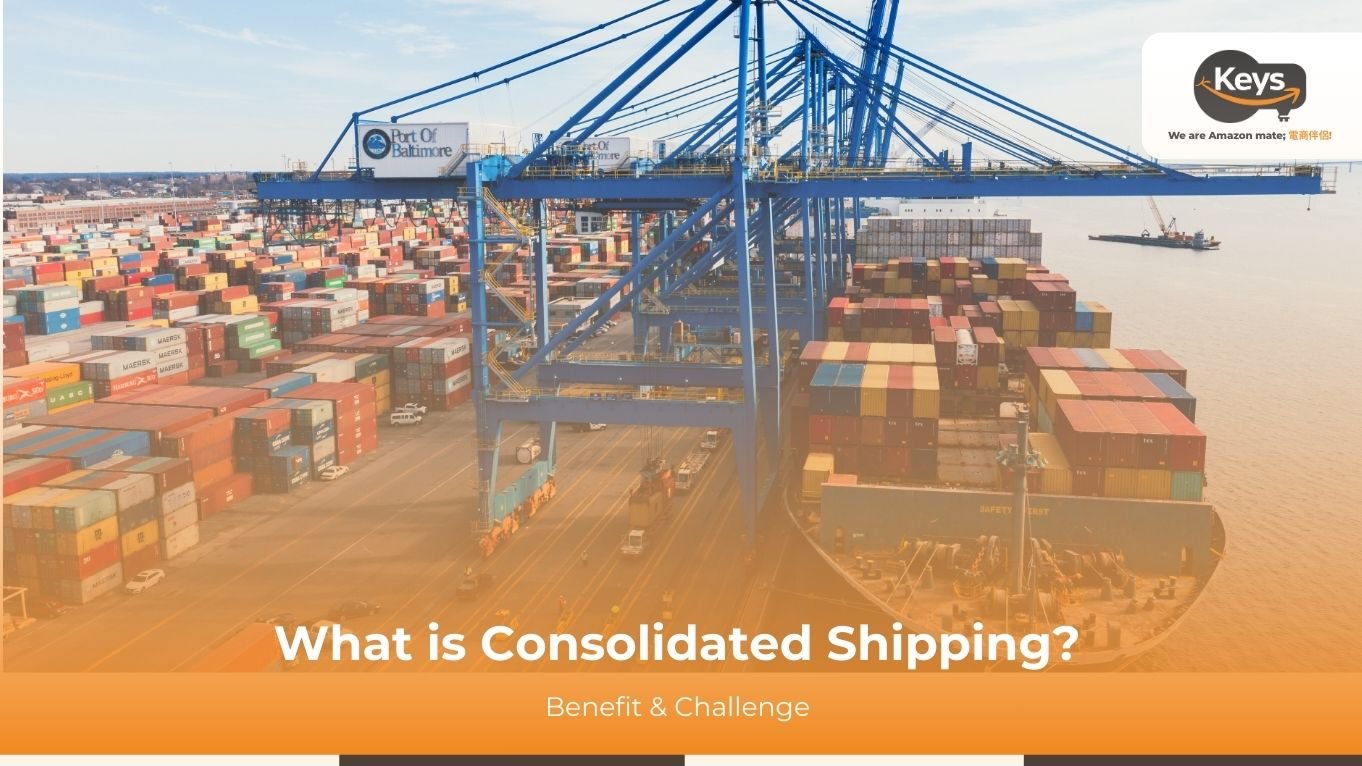
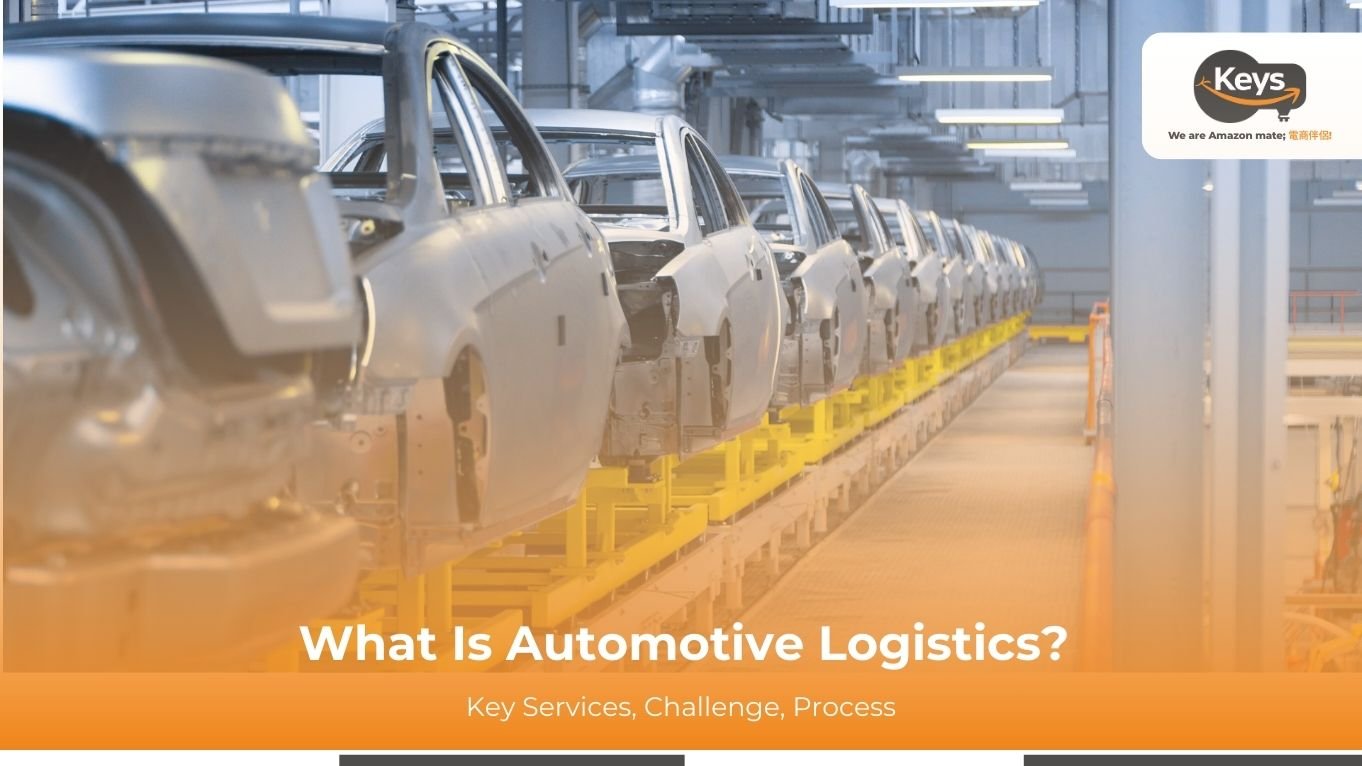

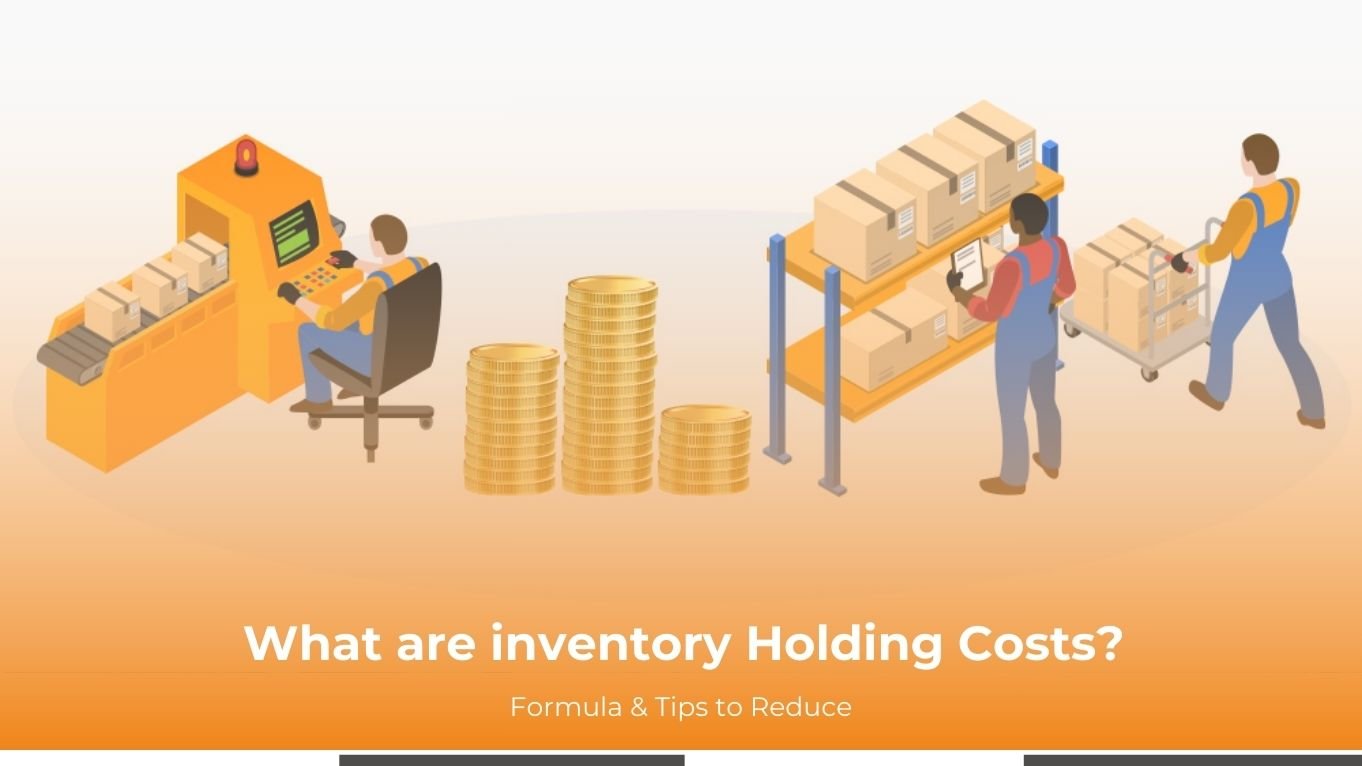
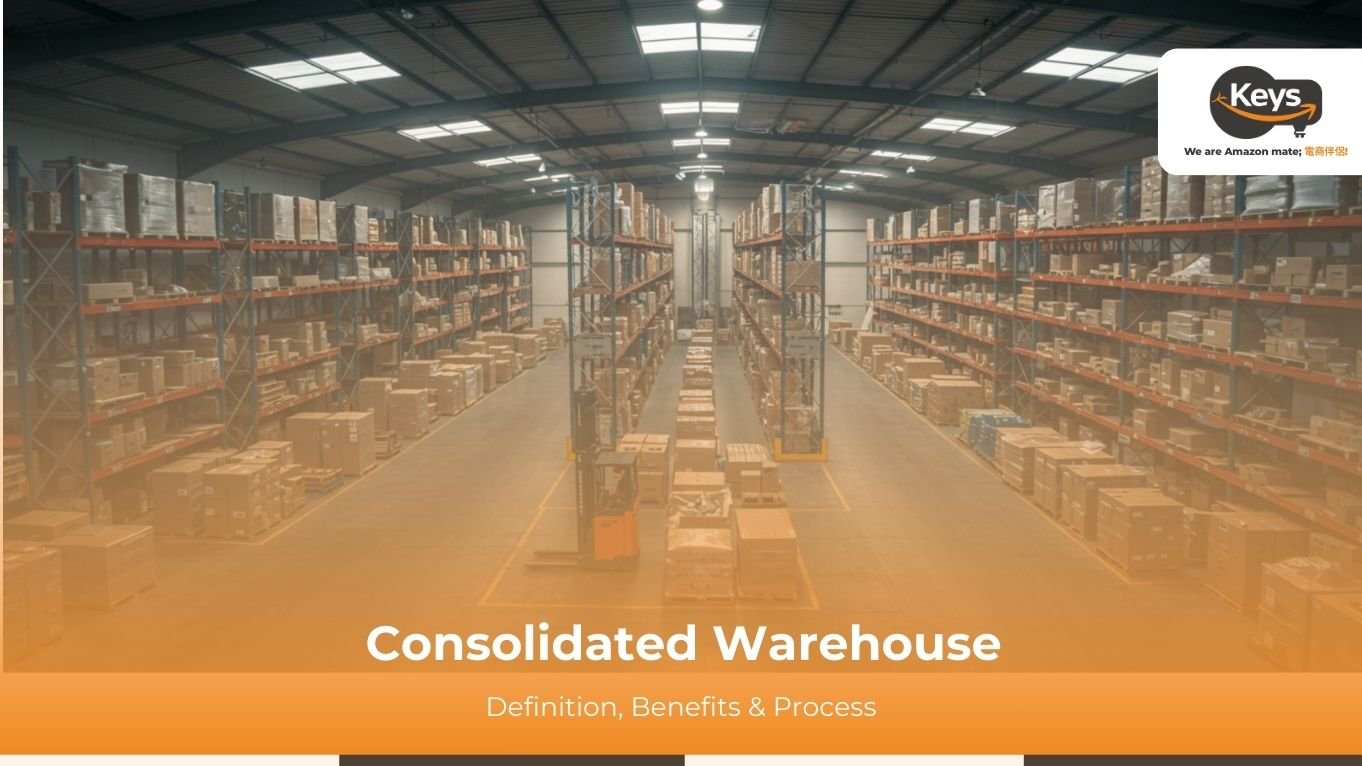
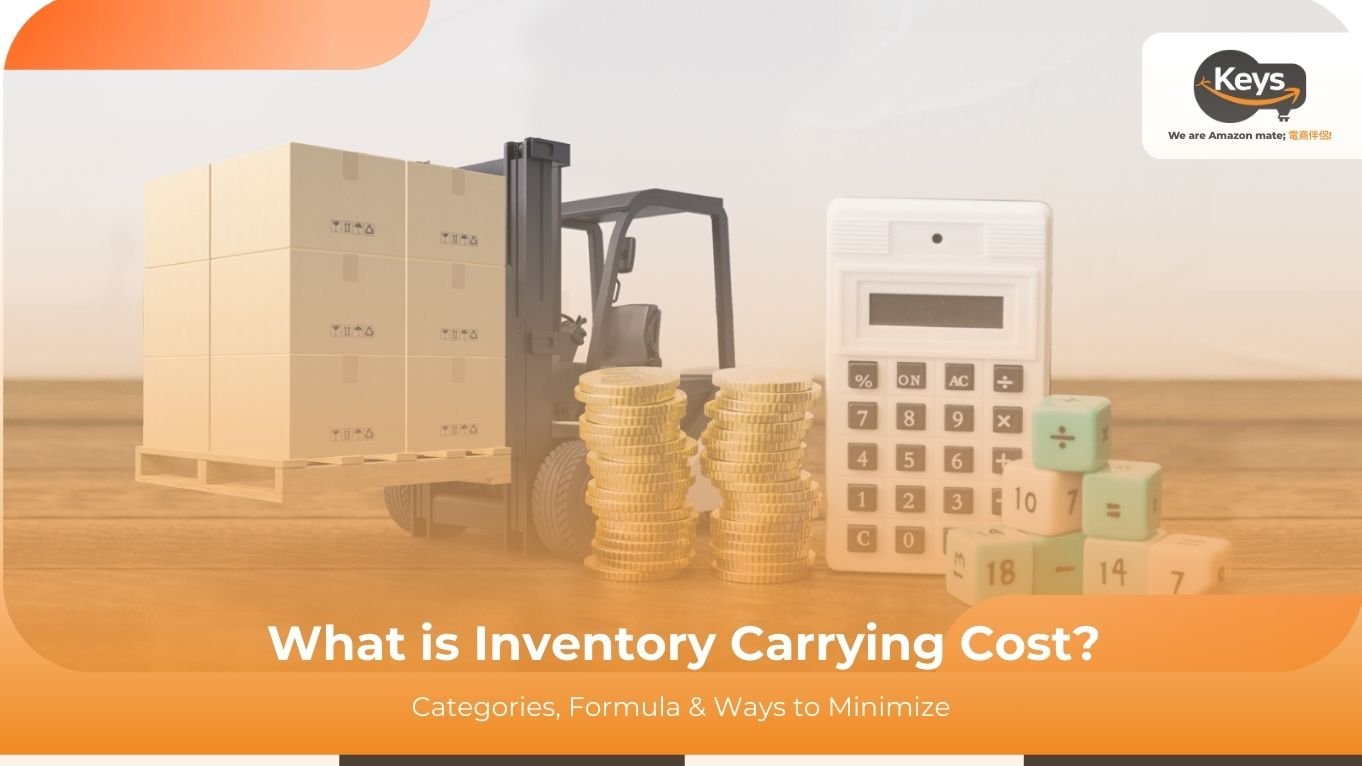

 Tiếng Việt
Tiếng Việt 中文 (中国)
中文 (中国)

